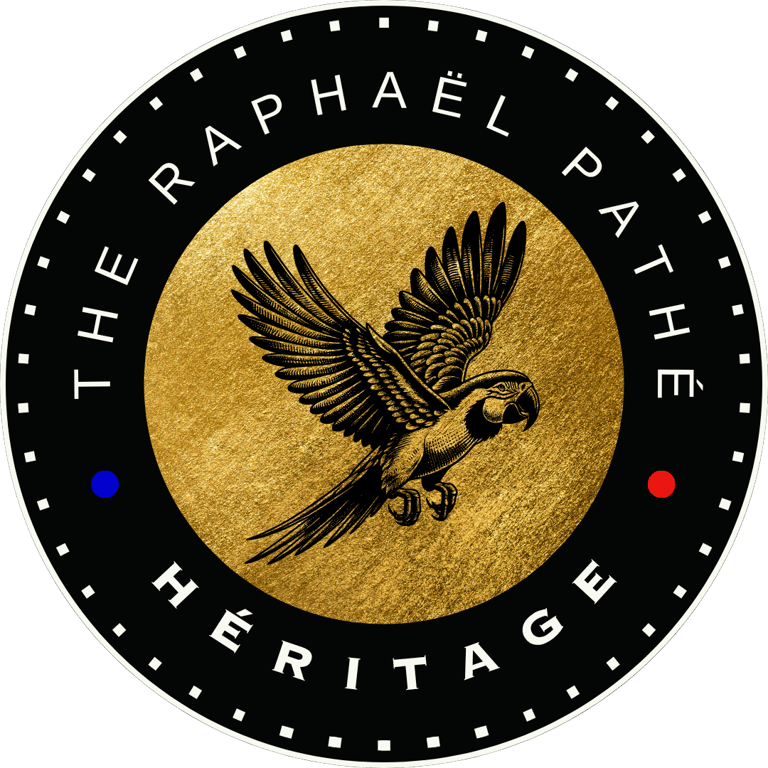✦ Raphaël Pathé Official – Entertainer • Singer • Medium ✦

THE RAPHAËL PathÉ HERITAGE
Discover the Legacy of the Pathé FAMILY
a continuation of the quietly extraordinary

THE RAPHAËL PATHÉ HERITAGE
THE TRUE STORY
Since the beginning of his career on television, Raphaël Pathé has been standing prepared to safeguard the legacy crafted by his own family and continue the contributions made by his ancestors to the world.
The origins and initial management of the Pathé company can be traced back to the Pathé Brothers of France, who established it in 1896. Progressing into the early 1900s, Pathé emerged as a leading global film equipment and production entity, making substantial contributions to phonograph record production. A significant milestone occurred in 1908 with the creation of the newsreel, a noteworthy precursor to modern cinema, regularly screened before feature films.




Founded in 1896 as Société Pathé Frères (Pathé Brothers Company) in Paris by Charles, Émile, Théophile, and Jacques Pathé, the company underwent significant expansion. By the first half of the 20th century, Pathé, propelled by Charles Pathé's vision, became the foremost global film equipment and production company. The company diversified into the phonograph business, establishing itself as a key player in the distribution of cylinder records and phonographs, particularly in France.
Charles Pathé played a crucial role in guiding the company into new territories and technologies. The entry into the disc records market in 1905 marked a pivotal moment, strengthening Pathé's presence in the industry. Notably, the company ventured into the motion picture sector, recognizing its potential for entertainment. This expansion led to the transformation of the company into Compagnie Générale des Établissements Pathé Frères Phonographes & Cinématographes in 1897, with shares listed on the Paris Stock Exchange.




Pathé's global presence expanded rapidly, with cinemas and production facilities established in various countries, including the United States, by 1909. Enjoying its peak before World War I, Pathé dominated the European market in motion picture cameras and projectors, with an estimated 60 percent of all films shot using Pathé equipment.
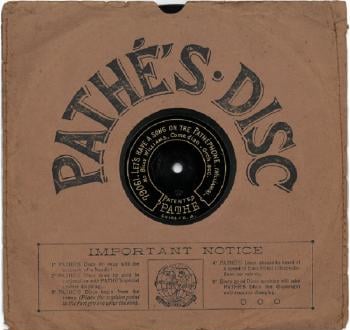

Following initial success, Pathé encountered challenges in the post-World War I era when Charles Pathé divested from film interests, leading to a decline in the company's prominence. Nevertheless, Pathé continued to contribute to the industry through innovations like hand-colored film and synchronized film and gramophone recordings.
PATHÉ INVENTED "the NEWS"
Before television, before 24-hour news cycles—there was Pathé. The family that pioneered the moving image also created "the news," bringing real-world events to screens for the first time in history.Pathé News was a producer of newsreels and documentaries from 1910 to 1970 in the United Kingdom. Its founder, Charles Pathé, was a pioneer of moving pictures in the silent era. The Pathé News archive is known today as British Pathé.
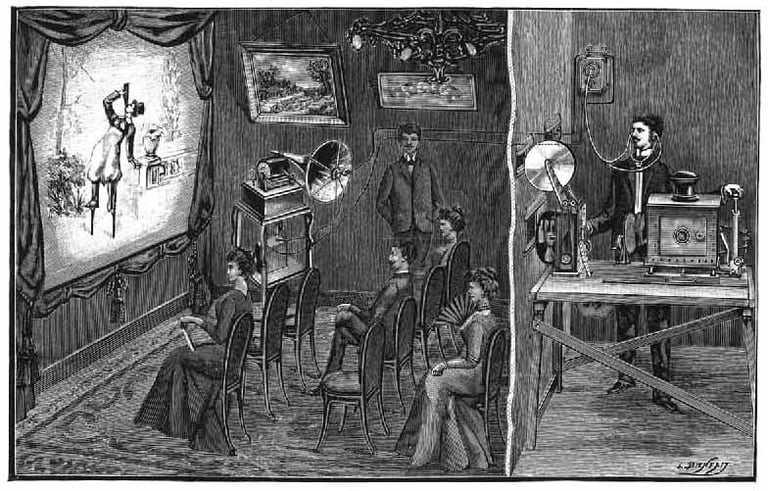


IN THE USA : PATHÉ WEST COAST THE PATHÉ STUDIOS IN LOS ANGELES, CALIFORNIA
The origins of what would become Pathé News trace back to 1896 in Paris, France, with the establishment of Société Pathé Frères by Charles Pathé and his siblings. Charles Pathé chose the rooster, symbolizing France, as the emblem for his company. As the company evolved into Compagnie Générale des Établissements Pathé Frères Phonographes & Cinématographes, it pioneered cinema newsreels with Pathé-Journal. French Pathé debuted its newsreels in 1908 and established a news office in Wardour Street, London, by 1910 After Charles Pathé produced the first silent newsreels for American audiences in 1911, theaters across the country showed them with great fanfare. Communities shared and interacted with news near and far.
“The Pathé weekly is shown at the Rex every Monday, Tuesday and Wednesday and a new Pathé Weekly at the Cozy, Thursday, Friday and Saturday. This Pathé Weekly alone is worth the price of admission,” noted a theater column in a 1915 Boise, Idaho, newspaper. Residents would “regret it” if they missed the weekly and the Keystone comedy, which would “be the talk of our city.”Communities didn’t just gather to watch the news but also to make it. In 1913, Tennessee’s Columbia Herald newspaper breathlessly reported on Pathé plans to film their mule market. Being featured in a newsreel showed that “the fame of Maury County as a mule market is not confined to Tennessee and the South alone” but “at once puts Columbia in the national class.”
Initially silent until 1928, these newsreels were showcased in cinemas, running for about four minutes and released fortnightly. Early footage, though stationary, captured notable events such as Franz Reichelt's fatal parachute jump from the Eiffel Tower and suffragette Emily Davison's fatal injury at the 1913 Epsom Derby. During World War I, the cinema newsreels were known as the Pathé Animated Gazettes, marking the first time newspapers faced competition from this medium. Post-1918, British Pathé expanded its offerings with longer and more comprehensive cinemagazines. By 1930, British Pathé covered a wide array of topics including news, entertainment, sports, culture, and women's issues through programs like Pathétone Weekly, Pathé Pictorial, the Gazette, and Eve’s Film Review.
Since its founding in 1896 as ‘Pathé Frères,’ and now simply called ‘Pathé,’ a rooster has consistently featured in the logo of the renowned and resilient French film company. The rooster's crow, symbolizing the start of a new day, mirrors the impact Pathé had on the North American film industry. In 1904, the Pathé brothers expanded by establishing a studio in New Jersey, followed by another in Los Angeles' Edendale neighborhood in 1910. This LA studio opened a year after, and just a block away from, Selig-Polyscope, the city's first permanent film studio. Pathé ventured to California with the goal of creating more "authentic" Westerns, a genre often regarded as the first narrative film type and certainly the most popular at the time. During a productive four-year span, Pathé West Coast produced between 100 and 150 short films, though many of these are now lost. In 1914, the company shifted its focus from production in the U.S. to film distribution, rebranding as 'Pathé Exchange.' The Edendale studio was established under the leadership of James Young Deer, who, along with his wife, Princess Red Wing—born Lillian St. Cyr but professionally known as Red Wing—brought extensive experience to the company. Both were seasoned actors and technical advisors who had previously collaborated with D.W. Griffith and appeared in numerous short films for the Bison Film Company.
At Pathé, James Young Deer took on the roles of writer and director, while Princess Red Wing appeared in several of the films. Unlike the stereotypical portrayals seen in many other productions of the time, Pathé often featured Native American characters as central figures. One of Young Deer’s films, White Fawn’s Devotion (1910), has been preserved in the National Film Registry, while another of his works, Red Deer Devotion (1911), is among the many lost films.
Red Wing, a member of the Winnebago tribe of Nebraska, later starred in a Cecil B. DeMille film, though the movie's title and premise, The Squaw Man (1914), reflected offensive attitudes of the era. This film is also considered to be the first feature film made in Los Angeles. After parting ways with Young Deer, Red Wing continued acting until 1925 and lived until 1974. Young Deer’s career, though successful at Pathé, was complicated. While he claimed Winnebago heritage, he was most likely of African American and Delaware Nanticoke descent, a fact that suggests the film industry at the time offered more opportunities for Native Americans than for African Americans. In a tragic twist, in 1914, Young Deer was accused of statutory rape by a 15-year-old girl, leading him to leave the U.S. for England, where he continued making films before eventually returning to California.
As for Pathé, the company continues to produce films in France, releasing around a dozen annually and maintaining a back catalog of over 800 feature films. Its former Los Angeles studio was located on what is now Glendale Boulevard, near a freeway exit, in an area now better known for a large storage facility and a fast-food restaurant.
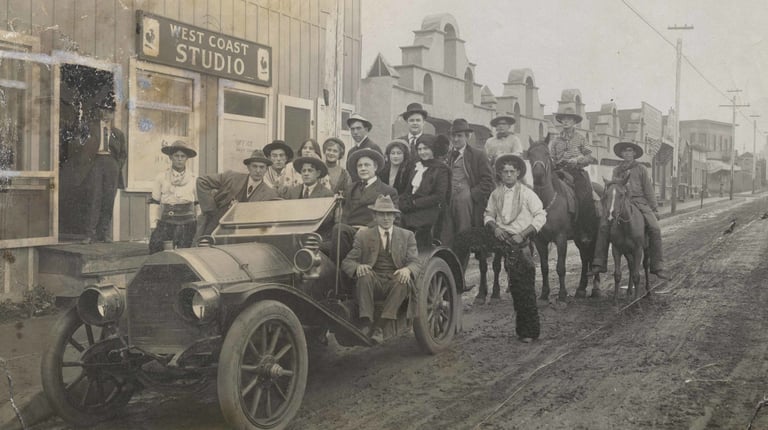

A group portrait of players, crew, and executives in front of Pathé Studios on Allesandro Street (now Glendale Boulevard) in the Edendale, Los Angeles, neighborhood, courtesy of Margaret Herrick Library, Academy of Motion Picture Arts and Sciences.


A present-day view of Pathé West Coast’s former headquarters at 1807 Glendale Blvd., image capture: Jul 2022 @2023 Google.
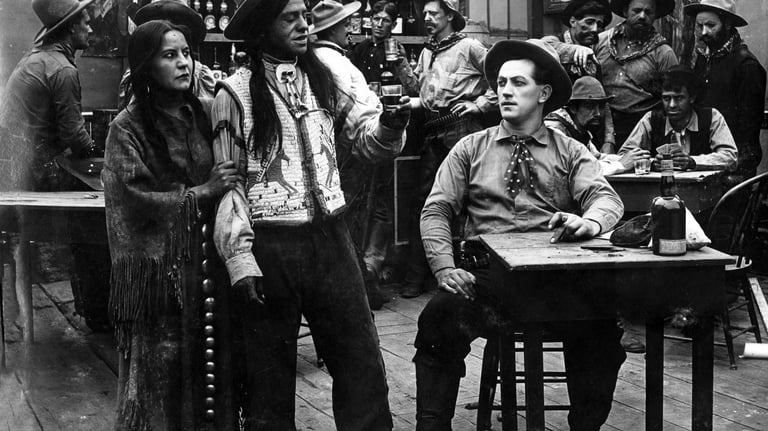

Lillian St. Cyr, also known as Princess Red Wing, standing at left with husband James Young Deer at Pathé West Coast location in 1910, Marc Wanamaker/Bison Archives.
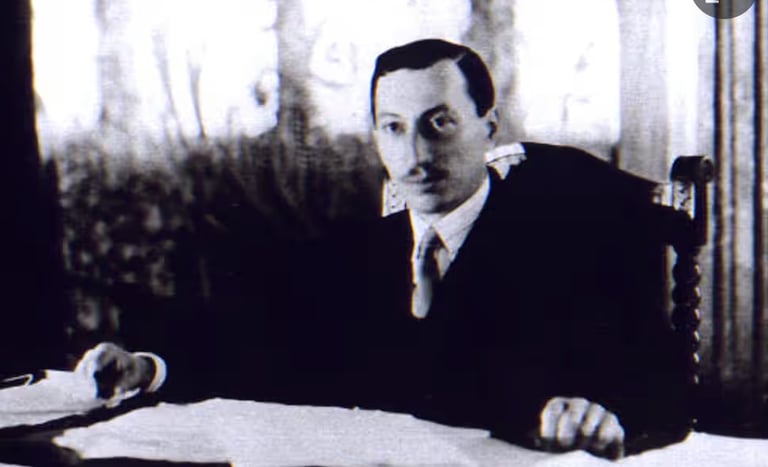

Natan led the company to failure by ignoring the vision of its founder, Charles Pathé.
In 1929, Bernard Natan took control of Pathé during a time of financial instability, intensified by the onset of the Great Depression. Under his leadership, the company expanded into several new sectors, including projector and electronics manufacturing, radio, and the emerging field of television.
However, Natan's direction for the company drew serious criticism from Charles Pathé, the original founder and Raphaël Pathé’s great-great uncle. Concerned by what he perceived as mismanagement and a trajectory toward bankruptcy, Charles Pathé had fortunately already divested his shares after receiving and accepting an offer from Natan.
Tragically, Bernard Natan later became a victim of the rising anti-Semitism in France. He was arrested and deported to Auschwitz in 1942, where he lost his life. This painful chapter of history was acknowledged in December 2014 with the unveiling of a commemorative plaque at La Fémis in Paris, honoring both his contributions and the injustice of his fate.

CULTURAL AMBASSADOR & STORYTELLER : THE RAPHAËL PATHÉ HERITAGE
A Legacy in Conversation
Raphaël Pathé is the direct descendant of the Pathé cinema pioneers, carrying forward the legacy of one of the most influential families in global entertainment history. As the great-grand-son of Jacques Pathé—co-founder of Pathé Cinema, Pathé News, and Pathé Records—Raphaël honours this heritage through public speaking, artistic performances, and curated screenings that celebrate the spirit of innovation and elegance at the heart of the original Pathé brothers.
Available as a guest speaker, performer, or creative ambassador, he offers bespoke presentations for luxury events, cultural institutions, and film retrospectives. With fluency in French, English, and Spanish, Raphaël brings a refined, cosmopolitan voice to any setting—sharing stories that bridge cinematic history with modern creativity.
His own media journey includes hosting roles for Pink TV and Canalweb in Paris, the Emmy-winning WeDigTV in London, and producing international content through The Sound of Luxury®. Raphaël remains open to collaborations with partners invested in honouring cinematic heritage.
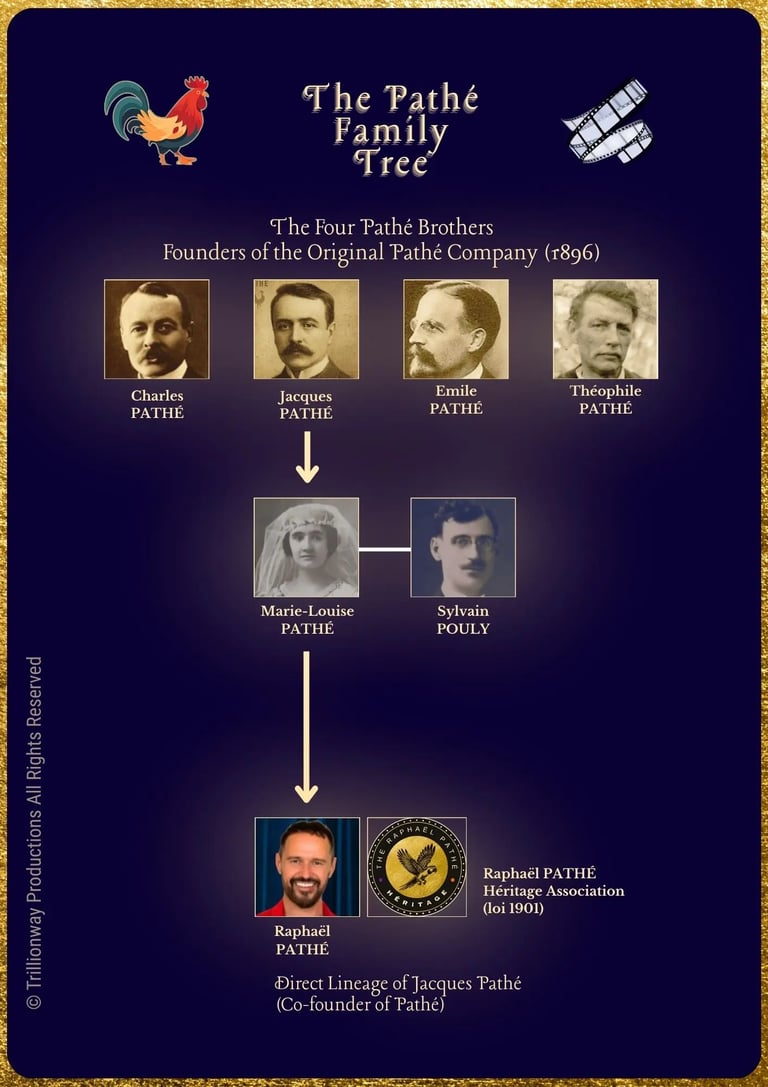

While Raphaël Pathé proudly belongs to the original Pathé family bloodline through Jacques Pathé—brother of Charles Pathé—he is not affiliated with the current owners of the Pathé company. Charles Pathé, the visionary behind the rooster emblem and the legendary cinema empire, resigned from his own company in 1929 and passed away in Monte Carlo in 1957.
In 1990, Jérôme Seydoux, from the Schlumberger family fortune, acquired the then‑Chargeurs company, revived the historic Pathé name, and reinstated the rooster emblem, ensuring that the archives and cinematic heritage of Pathé remain beautifully preserved—capitalizing on the incredible inventions and empire imagined by Charles Pathé. It was, without question, a brilliant and strategic move.
Today, Raphaël Pathé Héritage carries forward a separate, independent vision of the family spirit, symbolized by the Red Macaw—a bold emblem for a new cinematic renaissance.
Legal Notice: “Pathé” and the rooster emblem are registered trademarks owned by their current legal holders, including the company operated under the leadership of Jérôme Seydoux. The Raphaël Pathé Héritage is an independent creative initiative with no commercial, legal, or structural affiliation to the current Pathé company or brand.

TRILLIONWAY PRODUCTIONS
A company registered in England and Wales Company number OC427304
ADDRESS
27 Old Gloucester Street, London, WC1N 3AX, GB
EMAIL
Click here to send us an email.
PHONE
+44 203 129 9834
RaphaelPathe.com, AristoSonics.com,
TheSoundOfLuxury.com, TheSoundOfLuxury.tv,
Elkolor.com are divisions of Trillionway Productions


©2025 Trillionway Productions - All rights reserved



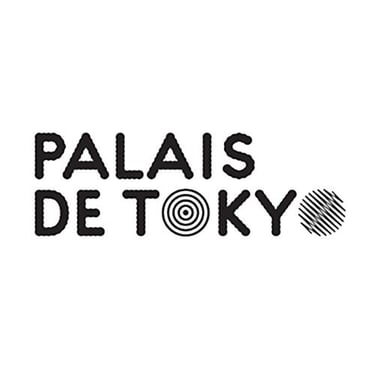
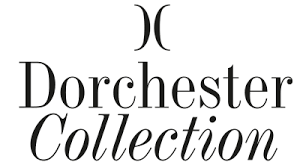
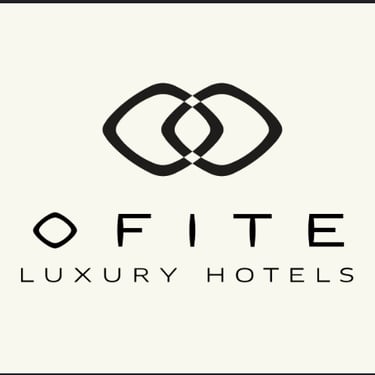
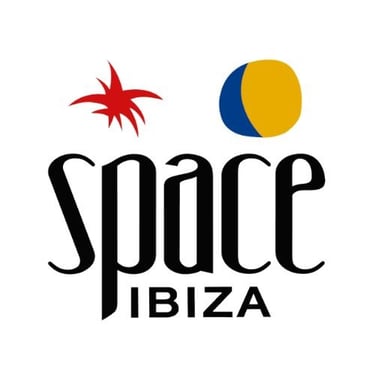



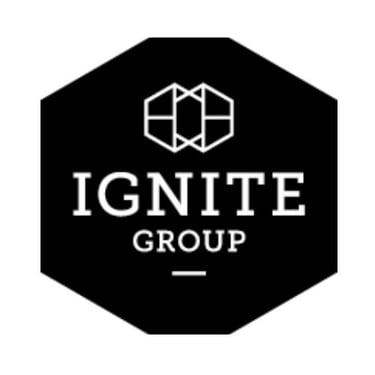
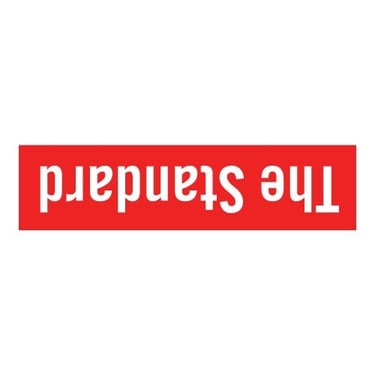

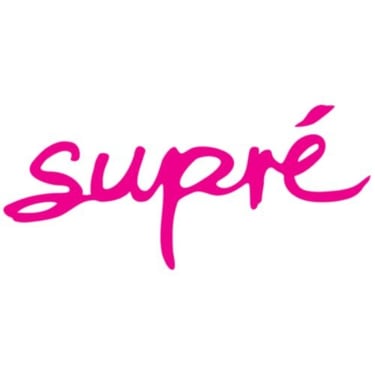

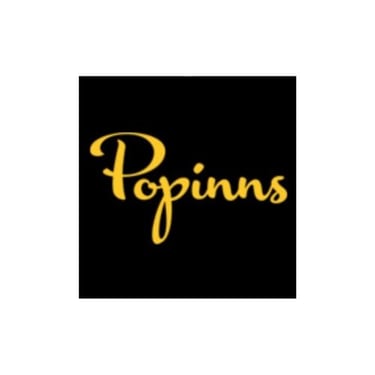
Trusted by

